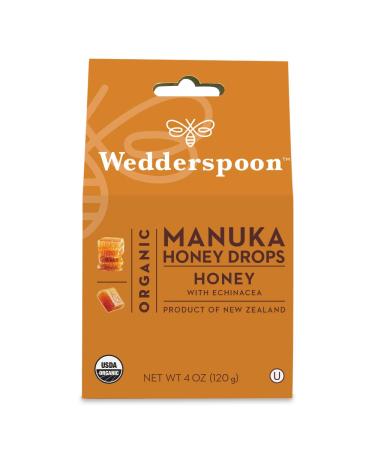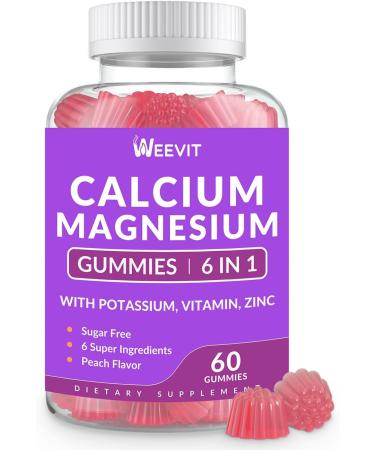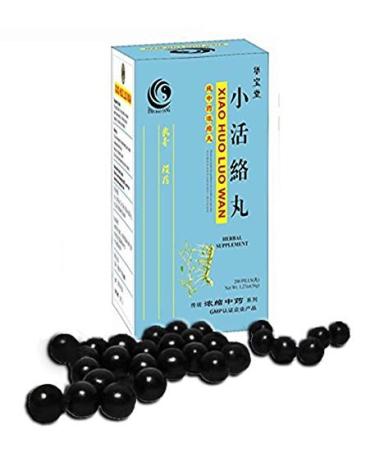Koycegiz Honey Flower Honey: With the arrival of spring, colorful flowers bloom on the Anatolian plateaus, with scents unlike any other perfume. Our beekeepers place their hives in the most beautiful plateaus. This is how the story of Köycegiz Honey Flower Honey begins.
Bees collect the nectar secreted by flowers, the main source of honey, and store it in their honey stomachs. Worker bees then drink and release this nectar back into the honeycombs. This way, they combine the honey with their own enzymes, creating a rich, nutritious flavor. The fluttering of worker bees' wings evaporates the water from the nectar in the honeycombs and ripens it.
We do not use pasteurization in our products.
Processed honey goes through a process where it is heated and then cooled, while also being filtered to remove pollen. This process is normally done to prevent honey from crystallizing and to achieve a clear, homogeneous color. However, high temperatures kill most of the vitamins, minerals, enzymes, and amino acids, causing it to lose its healthy properties.
We preserve the 100 naturalness of Köycegiz Flower Honey by filtering it from the honeycomb, allowing it to age, and then packaging it.
Therefore, it is natural for Köycegiz Flower Honey to crystallize.
Köycegiz Flower Honey, meticulously prepared by our beekeepers and meticulously tested in our laboratory, brings its most natural form to your table, and has many known benefits. It has been used for many years for skin health and is known to have anti-aging properties due to its antioxidant compounds. It helps heal wounds and prevents bacterial growth. Furthermore, it is said that a small amount of flower honey, which does not increase blood sugar levels when consumed, can prevent toxin accumulation in the intestines and vascular occlusion when mixed with a glass of water. Its antibiotic properties also help strengthen your immune system.
Köycegiz Flower Honey, in its most natural form, just like in the hive, is just a click away!
Our Analysis Certificates
Köycegiz Honey is sampled from honey produced during the harvest season thanks to the diligence of our bees and the great dedication of our beekeepers. All our honey is analyzed regularly at accredited universities (Hacettepe University and Mugla University) under the supervision of Turkey's leading honey experts.
All of our purity analyses, based on the Turkish Food Codex Honey Communiqué, are available alongside the products. If we consider these honey parameters individually:
Proline is an amino acid found predominantly in Köycegiz Flower Honey. Its quantity is a quality criterion for Köycegiz Flower Honey. A high or low proline value indicates whether the bees collected nectar from nature during the production period. According to the Turkish Food Codex Honey Communiqué, the Proline value required for Köycegiz Flower Honey is at least 300 mg kg. Accordingly, the amount in our Köycegiz Flower Honey is 442.69 mg kg.
Diastase is the most abundant enzyme in our Köycegiz Flower Honey. This enzyme is secreted from the stomachs of bees during the ripening of Köycegiz Flower Honey and transferred to the Köycegiz Flower Honey. The value of this enzyme indicates whether the Köycegiz Flower Honey has been heat-treated. According to the Turkish Food Codex Honey Communiqué, the Diastase value must be at least "8". Accordingly, the value in our Köycegiz Flower Honey is "10.68".
The moisture content of Köycegiz Flower Honey indicates the amount of water in Köycegiz Honey. It plays an important role in determining the maturity and shelf life of Köycegiz Flower Honey. When the bees place the flower honey in the honeycomb cells, the moisture content is approximately 0-35 . By balancing the hive temperature and beating their wings, the bees reduce this moisture content to below 0 . A moisture content above 0 indicates that the flower honey was harvested early by beekeepers. The maximum moisture content in the Turkish Food Codex Honey Communiqué is 0 . This value is 0 for our Köycegiz Flower Honey.
Electrical conductivity is measured to determine the mineral and acid content of Köycegiz Flower Honey. Electrical conductivity can vary depending on the amount of organic acids, minerals, and protein present in Köycegiz Flower Honey. This is used to distinguish between flower honey and secretion honey. According to the Turkish Food Codex Honey Communiqué, the electrical conductivity of flower honey must be at most 0.8 mS cm. The electrical conductivity of our Köycegiz Flower Honey is 0.45 mS cm.
Free acidity and pH are the primary elements determined by the amount of organic acids, minerals, protein, and carbohydrates present in Köycegiz Flower Honey. This process plays an important role in the fermentation of Köycegiz Flower Honey and the determination of secretion honey. The acids found in Köycegiz Flower Honey not only affect the taste and flavor of Köycegiz Flower Honey, but also prevent the growth of microorganisms in Köycegiz Flower Honey. According to the Turkish Food Codex Honey Communiqué, the free acidity value of Köycegiz Flower Honey must not exceed 50 meq kg. The free acidity value in our Köycegiz Flower Honey is 21.92 meq kg.
Hydroxymethylfurfural (HMF) in Köycegiz Flower Honey increases under the influence of factors such as heat treatment and prolonged storage in poor conditions. HMF is formed by the condensation of the carbonyl groups of the reducing sugars in Köycegiz Flower Honey with the amine groups of amino acids and proteins. The HMF value is an indicator of the freshness of Köycegiz Flower Honey. According to the Turkish Food Codex Honey Communiqué, the HMF content in Köycegiz Flower Honey must be no more than 40 mg kg. The HMF content in Köycegiz Flower Honey is 17.55 mg kg.
C4 and Delta C13 values in Köycegiz Flower Honey C13 analysis in Köycegiz Flower Honey is the most common method used to identify cane sugar, corn-based sugar, and glucose-based sugar. By considering the different photosynthetic cycles of plants, it provides information about whether Köycegiz Flower Honey has been adulterated based on the isotope ratios of Köycegiz Flower Honey and honey protein. According to the Turkish Food Codex Honey Communiqué, the C4 sugar content in Köycegiz Flower Honey, resulting from the process between the C13 honey and protein fractions, must be at most 7 . The C4 sugar content in Köycegiz Flower Honey is 0.83 .
Sugar profile analysis in Köycegiz Flower Honey: Because Köycegiz Flower Honey is a carbohydrate food, its dry matter content is approximately 99 . Fructose and glucose constitute 95 of this. These two monosaccharides, which give Köycegiz Flower Honey its flavor, are formed by the inversion of sucrose, found in plant nectar or in the secretions of insects living on plants, by the enzyme invertase. According to the Turkish Food Codex Honey Communiqué, the sugar content and ratio in flower honeys is at least 60g per 100g, and the fructose glucose ratio is between 0.9 and 1.4. In our Köycegiz Flower Honey, the Fructose Glucose ratio is 64.16 and 1.28.
There should be no sucrose in honey. Bees invert the nectar they collect, breaking it down into fructose and glucose until no sucrose remains. The presence of sucrose in honey is an indication of adulteration. There is no sucrose in our Köycegiz Flower Honey.
Pollen Analysis: The honey-bearing plant species that are the source of Köycegiz Flower Honey have a large resource in our country. Turkey boasts a diversity of approximately 450,000 different plants, varying depending on the region. The Köycegiz region is also a significant location for pine honey. Furthermore, because our local beekeepers are nomadic, they leave their hives throughout Turkey when spring arrives. The bees then enjoy this richness of plants and produce honey. Pollen analyses performed on these milked honeys provide useful information regarding their geographic and floral origins. Pollen analysis determines the local nectar-bearing plants, the naming of Köycegiz Flower Honey, and the quality and yield of Köycegiz Flower Honey.
Phenolic and Antioxidant Analysis in Köycegiz Flower Honey: Antioxidants are compounds that prevent the formation of free radicals in the body, preventing cell damage. These reactions can be toxic in foods and cause health problems. In short, antioxidant activity can reduce oxidative reactions in the body. Köycegiz Flower Honey is known to be rich in enzymatic and non-enzymatic antioxidants. The flavonoids and phenolic acids found in Köycegiz Flower Honey are also rich in antioxidant compounds such as tocopherols, alkaloids, and ascorbic acid. The color of Köycegiz Flower Honey generally depends on the carotenoids and flavonoids it contains. Dark-colored honeys have a higher antioxidant content. In short, honey is a food rich in antioxidants and can vary depending on the region and season. The phenolic compound content in Köycegiz Flower Honey is 482.46 mgGAE kg.













